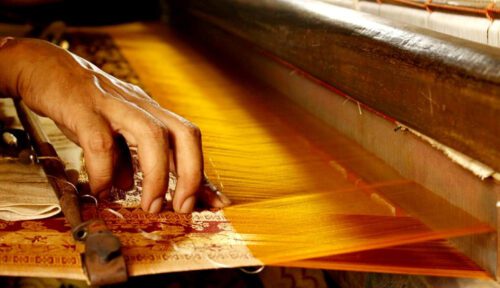
The history of silk changed gradually with the spread of sericulture across the medieval world, altered by a sudden plague, then changed again due to the industrial revolution. Despite its ancient origins, the use of silk has not really changed over time, from the earliest discovery it was known to be the garments of kings and nobles, regardless of the expense.
silk in the medieval West
Primarily as a result of the crusades, the Western European kingdoms came into more direct contact with their Byzantine and Arab rivals. This exchange gave them many things, one being the spread of sericulture, particularly to Italy and Southern France. These locations became important sources and manufactories for European silk and endured up until the first World War. These quickly increased the supply of the textile, which had been one of the rarest of luxuries in the known world. This served to open the marked to a wider range of the nobility and wealthy classes.
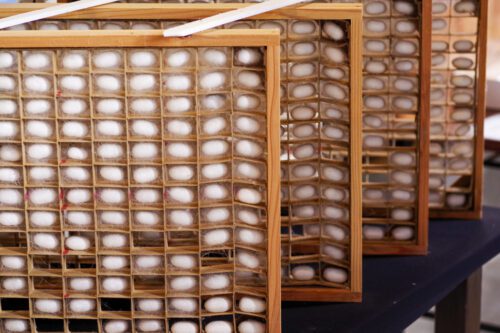

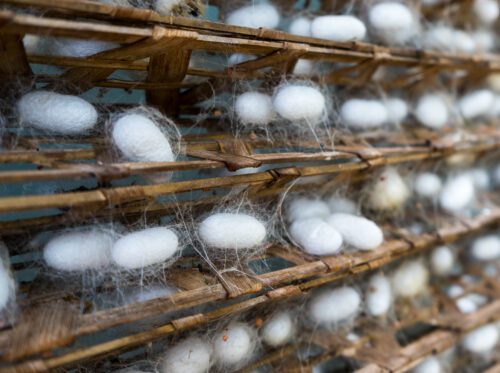

Silk became so popular that, like we'll see in the East, sumptuary laws were passed in many nations restricting the kinds and ranks of people who could wear silk. Depending on the country, silk was either seen as too effeminate or too rich for all but the highest of noblemen. For women it was generally allowed so long as one could afford it.
As technology advanced Western silks could come closer and closer to the Eastern competition, but the standards were tough and the demand for finer and finer weaves simply continued to grow. The Black Death, and a severe silkworm plague almost wiped out European silk for good, but with the return of wealth in the renaissance silk production quickly returned.
Silk In The Medieval East
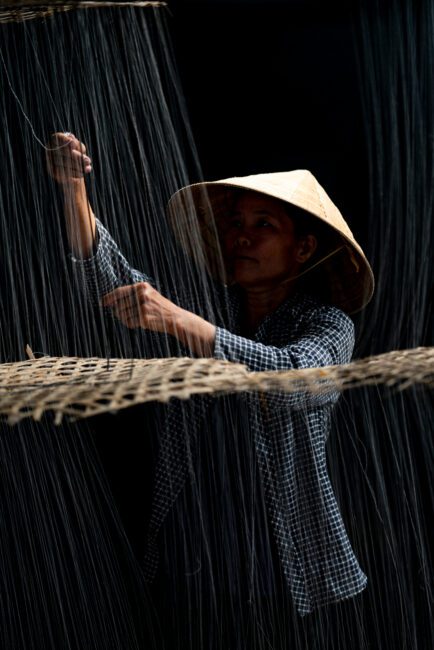

Despite being the birthplace of silk, in ancient and medieval China who could wear silk was even more restricted. The farming of silk worms was originally completely restricted to women, and at times a very large proportion of women were involved in the industry. Silk was such a sought after luxury that the use and wearing of silk became the sole right of the imperial family.
For more than a thousand years the emperor and his most valued vassals reserved the right to wear and deal with silk. Silk became one of the most valued gifts and diplomatic tools, which gradually spread the textile through Chinese society and abroad. Peasants did not have the right to wear silk until the Qing dynasty (1644-1910).
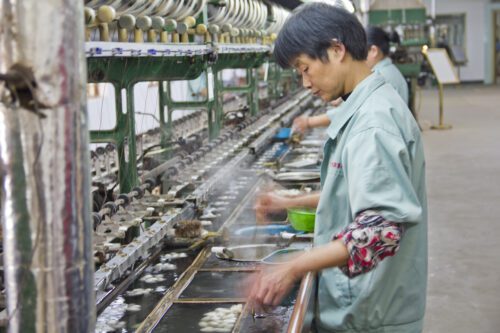

By the late middle ages silk and sericulture had long since spread to most regions of the Eastern world. While Chinese silk was always the most desirable due to their superior loom and weaving technologies, Japan, India, most of the nations of South-East Asia, built their own respectable industries.
Trade Conflicts
Silk continued to slow west from China and India via the silk road for centuries. Despite attempts to have a domestic industry, the western nations were almost always in a large trade deficit. Combine the western demand for silk, with other luxuries like tea, spices, and precious stones, and there was a great monetary incentive to expand East wards
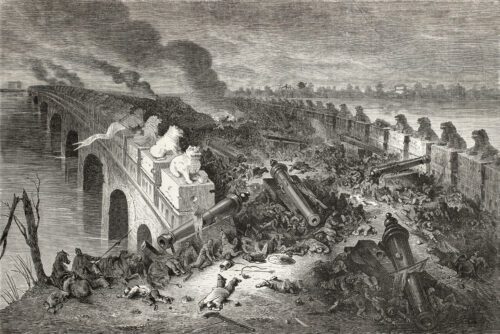

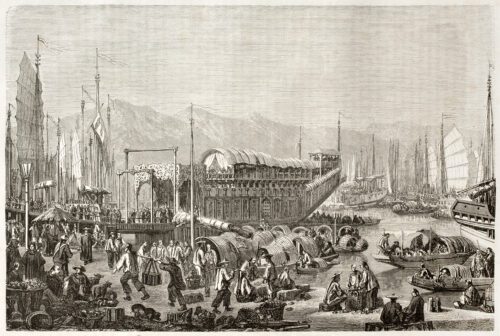

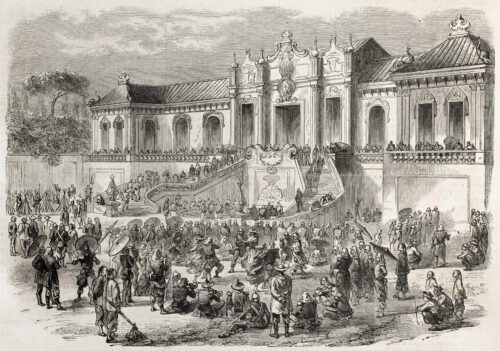

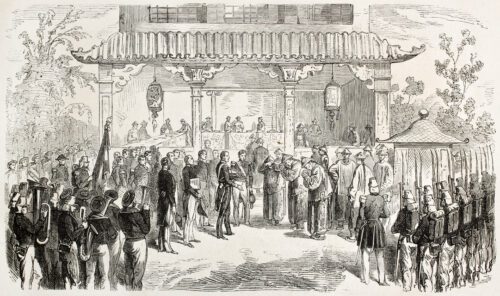

With the taking of India, Hong Kong, Philippines, Vietnam, among others, Eastern luxuries flowed in greater and greater volumes. Combine this with the rapid rise of industrialisation and the volumes of silk across the world again rose, becoming more available to more people.
Silk In The Modern World
The role of silk has changed little since the industrial revolution. No longer is it one of the rarest and most valuable things in the world, yet it is still prized as the best of all the textiles.
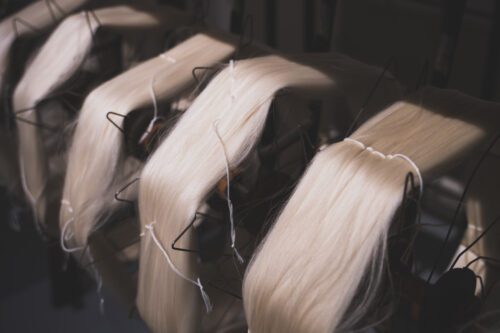

Silk followed the same trend as most other textiles, though not being particularly well suited to industrial looms at first. For a time it was thought that silk could never be industrially spun, as the fibre differed greatly from the wool and cotton those machines were originally built for. Much of the original benefit of industrial machines was the spinning of fibres into thread, but this did not benefit silk as it is already naturally a thread.
In 1845 a serious silkworm epidemic struck Europe. Among many, the famous scientist Louis Pasteur was tasked with studying the disease. It took until 1870 for the fungal epidemic to be resolved leaving behind and devastated industry. This combined with the opening of the Suez canal in 1869, allowing for much cheaper imports from China and Japan, effectively doomed European sericulture and silk and the most prized comodity.
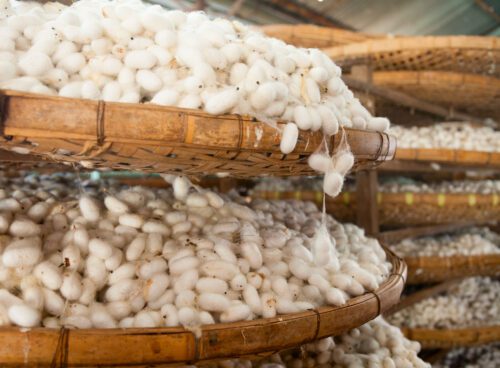

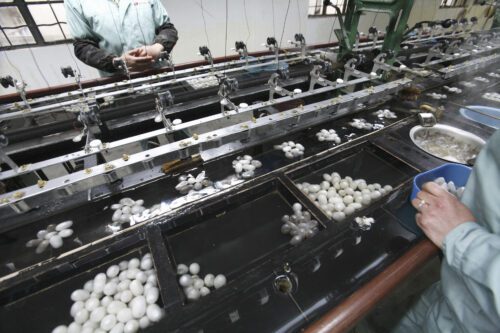

With the creation of modern, stronger and cheaper, synthetic fibres silk has also lost position the materials like Kelvar for niche uses (like parachutes, armor, and other uses that require particularly strong fibres).
The Future Of Silk
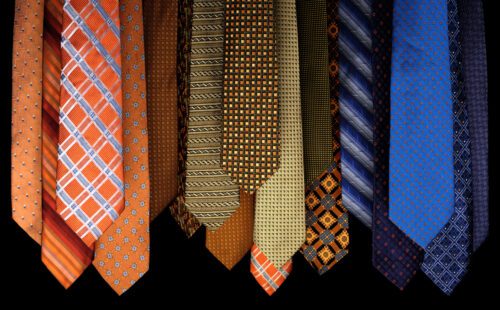

Despite its fall from such great heights, silk is still the textile fo luxury and power. The silk tie and the silk dress are both holdovers from a time that only kings and emperors were allowed to wear them. The future of silk is likely to continue to decline, as though many traditional cultures continue to wear full silk garments, a combination of synthetics and better woven alternatives are more practical and affordable.








There is a consistent year-over-year, even during pandemic, demand growth for silk. And I don’t think there are “better woven alternatives” or that “synthetics” are “more practical”. Silk is incredible in its hypoallergenic qualities, naturally endowed with anti-inflammatory properties and thermo – regulation. Meaning it’s nice and cold in silk clothes during summer and it’s pleasantly warm during winter.
Durability-wise, silk garments maintain their vibrant colors even after decades of regular wear. Check out museums and thrift stores. Synthetics simply can’t compare, no matter how fast fashion pushes gazillion of polyester variations on us.
Ask yourself, what would you prefer to receive as a Christmas gift a polyester scarf or a pure silk one?
I have a piece of raw silk that my uncle gave my mother in the 1920 to make a shirt for him. It is 36 inches wide and still has a slight odor. Why is the raw silk a texture fabric? Can you tell me more about raw silk?
Hi Donna, Raw silk is wonderful for unlined summer coats, fitted blouses, vests and hair accessories. The explanation requires a different article. Stay tuned, please.
Thank you again for posting this. Love to read things like this and learn a bit of history.
Hi Janet, we have much more to come. Stay tuned!
A very comprehensive and interesting article Mayra. Thank you. There’s a superb silk museum in Como which in the day was a centre of silk worm production, processing, weaving and garment making. An A-Z! There’s another in Lyon but not a patch on the Como one. There’s a website for info!
Hi Viv, the history articles are written by my son. Thank you for the tip about the museum; I would like to have a look one day. I Love Como, it is like a movie set.
Wonderful and thorough without being ‘wordy’. I loved this article about silk. Thank you.
Thank you, Judy!